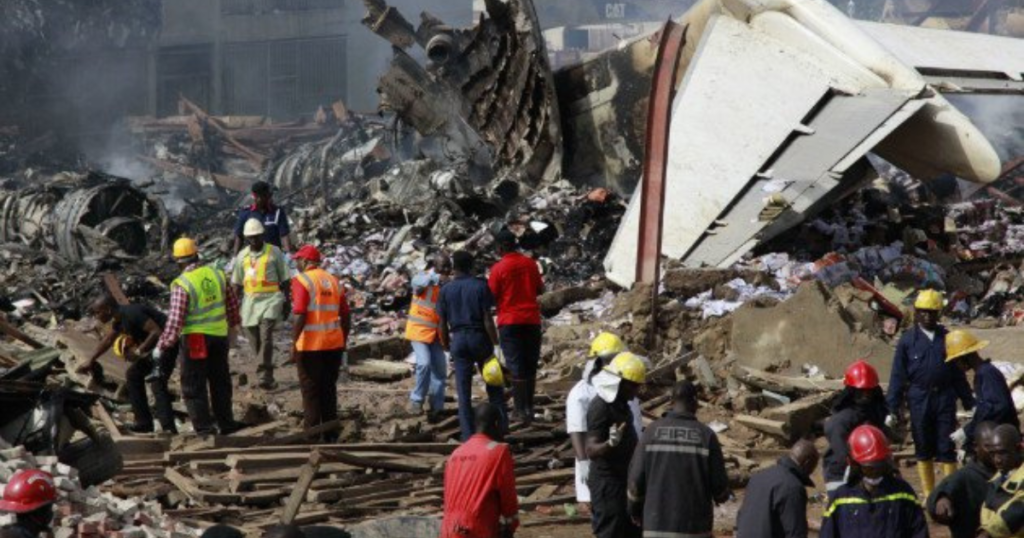Mass casualty incidents are overwhelming events where the need for medical services surpasses the local healthcare system’s capacity to provide them. These incidents can take various forms, including natural disasters, terrorist attacks, or large-scale accidents, affecting not only the immediate victims but also the surrounding community and healthcare providers.
A notable incident in Ibadan involving a devastating explosion underscores the critical need for prompt and efficient emergency response to save lives and mitigate harm. Here’s a comprehensive guide on how to act effectively during such emergencies and vital emergency contact numbers to keep at hand.
Key Actions During a Mass Casualty Incident
- Prioritize Safety and Assess the Situation
In the chaos that follows a mass casualty event, keeping calm is paramount. Quickly assess your surroundings, move to safety, and gather as much information as possible. This initial step is crucial for your safety and assists in providing accurate details when calling for help. - Immediate Communication with Emergency Services
Once safe, contact emergency services without delay. Accurate information can save time and lives, so relay everything you’ve observed clearly. Keep emergency numbers easily accessible and familiarize yourself with the primary contacts in your area:
Emergency Response Africa: 0800 0255 5375—Offers swift medical attention across Africa.
National Emergency Number (Nigeria): 112—to seek help in times of distress or emergency.
Nigeria Red Cross: (+234) 803-123-0430 – Provides first aid and disaster response.
- Implement Triage Systems
Triage, the process of prioritizing care when resources are limited, is vital during mass casualty incidents. Utilize the color-coded tagging system to help categorize the urgency of victims’ needs:
Red Tag: Immediate threat to life.
Yellow Tag: Urgent but not immediately life-threatening.
Green Tag: Minor injuries.
Black Tag: Deceased or beyond help with available resources.
- Offer Assistance
If you’re trained in first aid or CPR, now is the time to use those skills. Every action, no matter how small, contributes to saving lives and stabilizing the situation until professional help arrives. - Coordinate with Local Hospitals
Inform nearby hospitals about the incident to prepare them for incoming casualties. Effective communication ensures a smoother transition and immediate care for the injured.
Conclusion: Preparedness and Quick Action Save Lives
While we hope never to face mass casualty incidents, preparedness is key to ensuring a rapid and effective response. Understanding what actions to take and having crucial emergency contacts can significantly impact the outcome of such tragic events.
By learning how to respond, calling emergency responders promptly, and collaborating with local emergency services and community members, we can mitigate the effects of mass casualty incidents. Our collective efforts aim to reduce the impact of these events and support the recovery of affected individuals and communities, fostering resilience and strength in the face of adversity.
To wrap up, even though we don’t want mass casualty incidents to happen, they sometimes do. But we can get ready for them by learning what to do and how to manage them. This helps make sure more people survive. Quick action is key, so calling emergency responders right away is crucial to help reduce the number of people hurt.
By getting prepared, following the right steps, and working together with emergency teams and others in the community, we can make a big difference in how we handle these tough situations. Our goal is to lessen the impact of these events and provide support to those affected, so our communities can bounce back stronger in the end.



